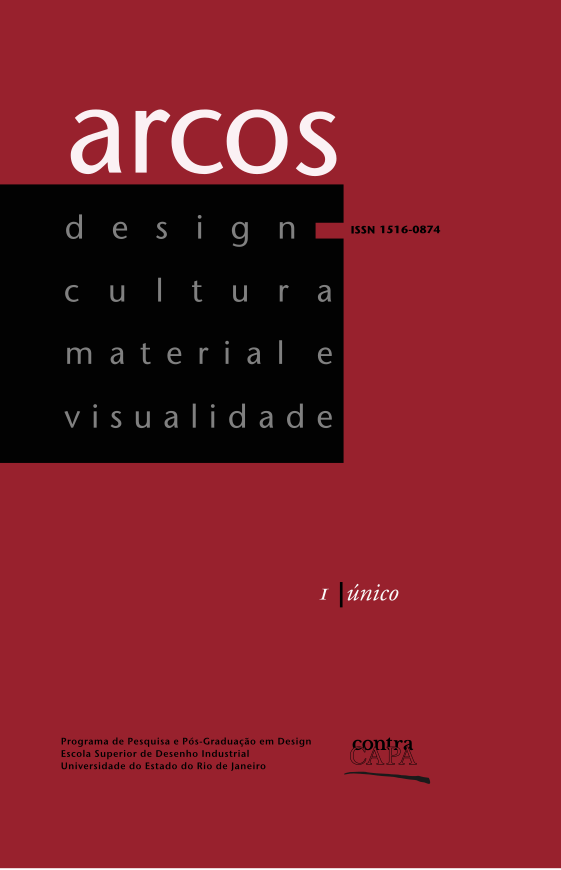Brasília: the construction of an example
Abstract
This article discusses the construction of Brasília and its historical legacy, focusing on the links between Modernist ideologies and the structures of political power which dominated Brazil during the late 1950s. Brasília was presented at the time as the embodiment of the Modernist ideal of rational city planning, a socialistic experiment in using architecture to change society; but, since then, the city has largely failed to fulfil the ideals envisaged by its planners. Instead, the new capital came to be appropriated by the military governments of the 1960s and 1970s as a symbol of their own authoritarian power, a purpose to which it was well suited, it is argued, due to the inherent authoritarianism of the ideological currents that generated it. The article looks at the legacy of this unique example of high Modernism for the fields of architecture and urban planning, concluding that, ironically enough, Brasília’s style has triumphed over its substance.
Downloads
Downloads
Published
How to Cite
Issue
Section
License
Copyright (c) 2024 Arcos Design

This work is licensed under a Creative Commons Attribution-NonCommercial-ShareAlike 3.0 Unported License.
Autores que publicam nesta revista concordam com os seguintes termos:
- Os Direitos Autorais dos artigos publicados na revista Arcos Design pertencem ao(s) seu(s) respectivo(s) autor(es), com os direitos de primeira publicação cedidos à Arcos Design com o trabalho simultaneamente licenciado sob uma Licença Creative Commons CC BY-NC-SA 4.0, a qual permite o compartilhamento do trabalho com reconhecimento da autoria e publicação inicial nesta revista. Para mais informações ver: https://creativecommons.org/licenses/by-nc-sa/4.0/
- O(s) autor(es) tem/têm autorização para assumir contratos adicionais separadamente, para distribuição não-exclusiva da versão do trabalho publicada nesta revista (ex.: publicar em repositório institucional ou como capítulo de livro), com reconhecimento de
autoria e publicação inicial nesta revista. - Autores têm permissão e são estimulados a publicar e distribuir seu trabalho online (ex.: em repositórios institucionais ou na sua página pessoal) a qualquer ponto antes ou durante o processo editorial, já que isso pode gerar alterações produtivas, bem como aumentar o impacto e a citação do trabalho publicado.


